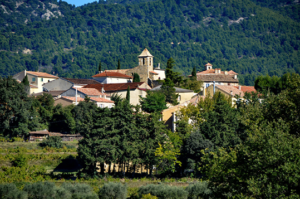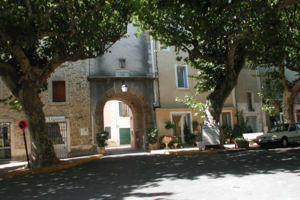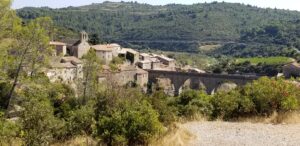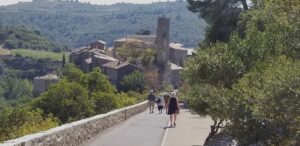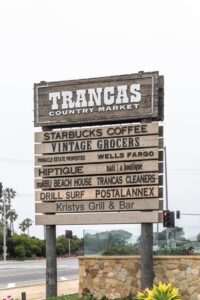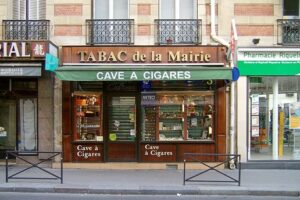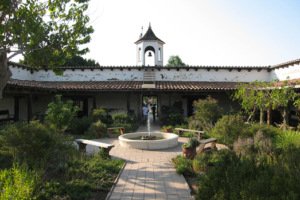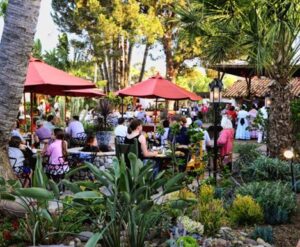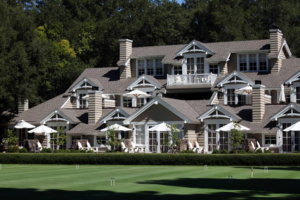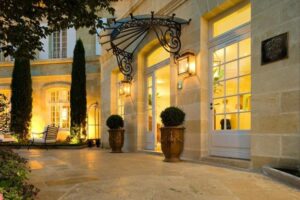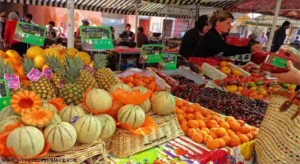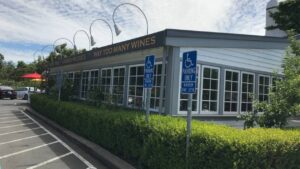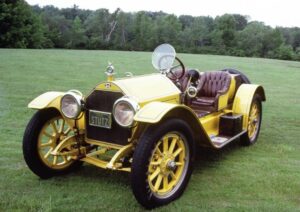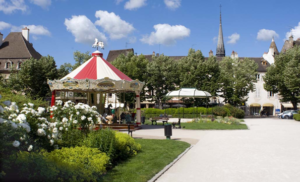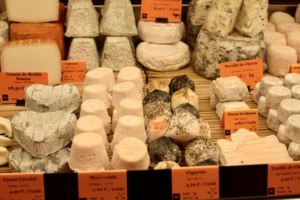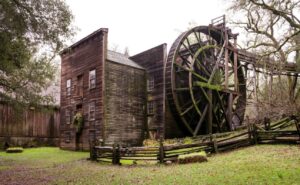Champagne is the world capital of sparkling wine and Épernay is, in wine terms, the capital of Champagne. Épernay has been destroyed in various European wars, particularly the Hundred Years War, and then it was badly damaged in both World Wars of the 20th century. The city as it is today exists because of sparkling wine. It was only in the early part of the 18th century that the makers of what is now the world’s most famous sparkling wine started settling in attractive city mansions there.
The Avenue de Champagne in Épernay
For the visitor today, there are a few attractions worth seeing, but the reason to be in Épernay is to sample some of the products of many of the most famous Champagne houses…as well quite a few others that are not as well known. And the best place to get to know them is along the Avenue de Champagne. Along this one kilometer street that runs from the Place de la République to the Mercier winery with its impressive tower, you can stroll along, tasting as you go. Beneath your feet are 150 kilometers of caves, carved into the chalk that makes the wines of this region so distinctive, full of bottles of Champagne.
Among the best know names on the Avenue de Champagne are Moët et Chandon, Perrier Jouet and Pol Roger. As mentioned, there is also Mercier, which definitely ought to be a stop for any visitor to Épernay. Not familiar to many Americans, Mercier is the most popular Champagne in France. It certainly offers the best tour in town, with a train ride through the caves. Its popularity probably stems from its price point; their flagship Blanc de Noirs costs only €33 ($36.50 at current rates).
 |
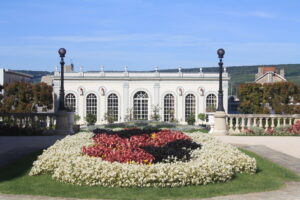 |
Some of the architecture along the Avenue de Champagne
As you stroll down the avenue, pay attention to the architecture. Some buildings, such as the two top names mentioned, are just factories. But many are grand Belle Epoque mansions, a testament to the wealth that Champagne wines brought to Épernay.

